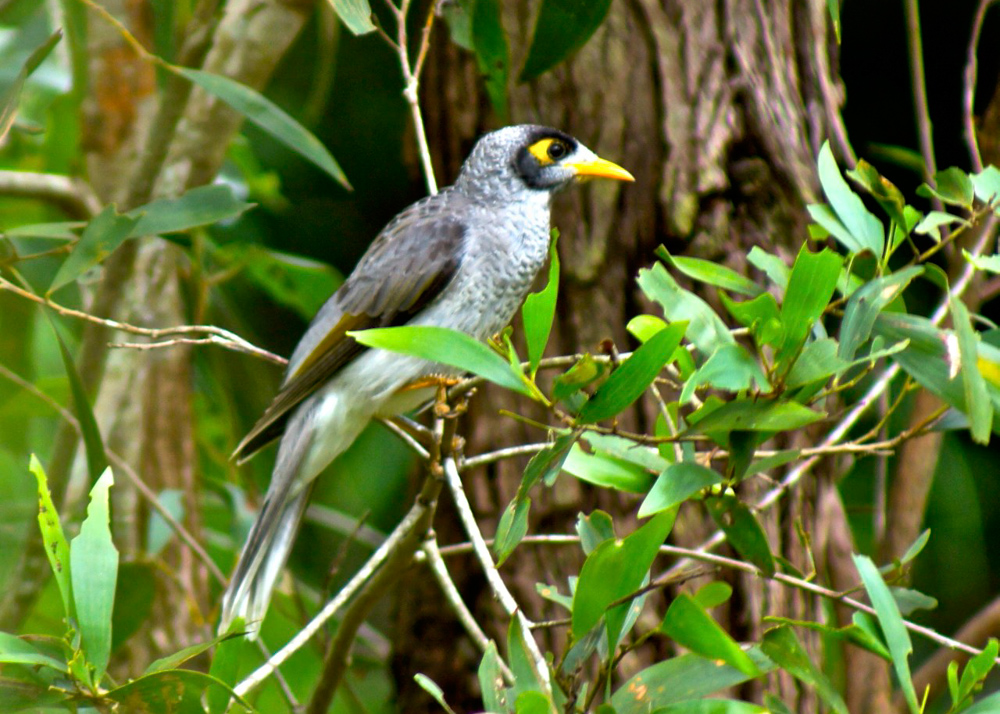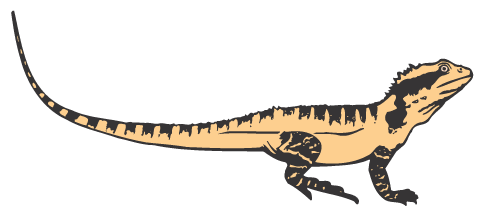In fact, birds of different species engage in mutual “mobbing” behaviour, usually to ward off predators.
In his latest issue of Feather Fascination, Jim Butler describes calls exchanged in collaboration between Noisy Miners and Magpies. Remarkably, there is clearly a common code of communication between them.
And it appears that this innate understanding is global.
To find out more, head to Jim Butler’s Feather Fascination July 2020.

Research shows that the humble Noisy Miner communicates with other bird species – © Ed Frazer

